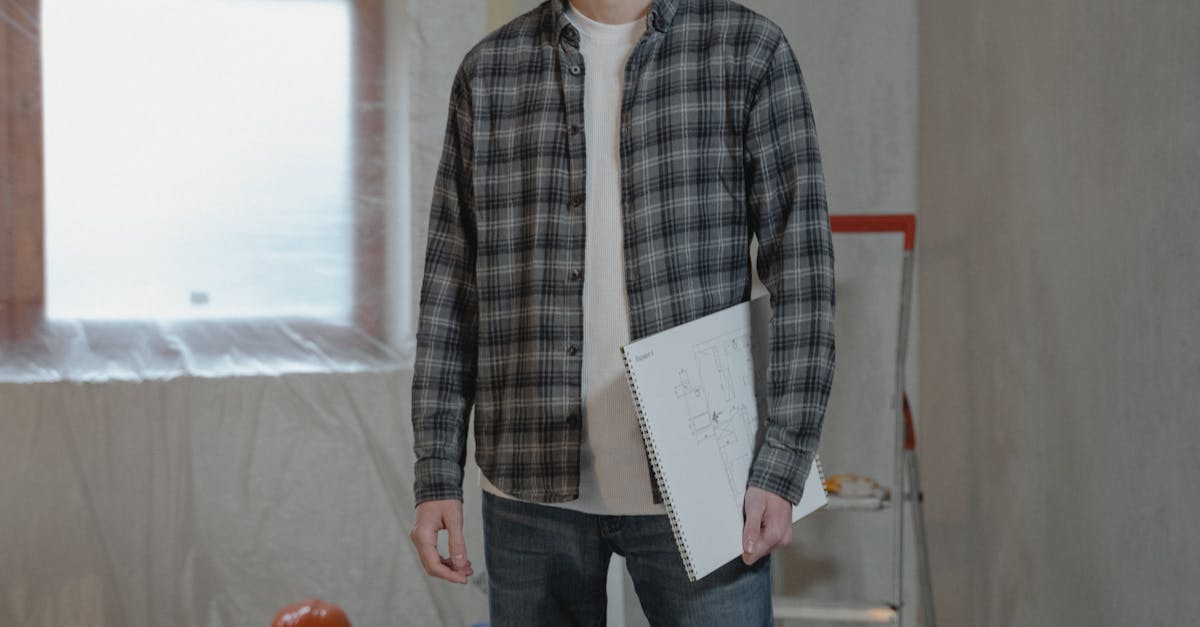
Passive House Design for Maximum Energy Efficiency
Table Of Contents
Passive House Windows and Doors
Passive House windows and doors play a crucial role in maintaining energy efficiency within a building. These components are designed to minimise heat loss and maximise heat gain, thus reducing the need for excessive heating and cooling. High-quality windows and doors for Passive Houses are typically triple-glazed with low-emissivity coatings to provide excellent insulation properties. In addition, airtight frames and seals help to prevent any unwanted drafts, ensuring a comfortable indoor environment year-round.
When selecting windows and doors for a Passive House design, it is essential to consider factors such as U-values, solar heat gain coefficients, and airtightness levels. Opting for frames made from materials with low thermal conductivity, such as timber or uPVC, can further enhance the overall energy performance of the building. Proper installation and sealing are also critical to minimise heat transfer through gaps and cracks. By carefully choosing and installing windows and doors that meet Passive House standards, occupants can enjoy a more sustainable and comfortable living space while significantly reducing energy consumption.
What features make windows and doors suitable for Passive House design?
Passive House design relies heavily on the efficiency of windows and doors in maintaining a well-insulated building envelope. To meet the stringent criteria of Passive House standards, windows and doors must possess exceptional thermal performance. This includes high-quality insulated frames and glazing, ensuring minimal heat loss and optimal solar heat gain. In addition, airtight seals and multiple glazing layers help to prevent drafts and maintain a consistent indoor temperature.
Furthermore, windows and doors in Passive House designs should be strategically positioned to maximize natural light and solar heat gain, reducing the need for artificial lighting and heating. Ideally, windows should be oriented to capture sunlight during the colder months and provide shading during summer to prevent overheating. By carefully selecting windows and doors with these features, Passive House buildings can achieve superior energy efficiency and create a comfortable indoor environment throughout the year.
Passive House Heating and Cooling Solutions
When it comes to heating and cooling solutions for Passive House buildings, it is crucial to address the energy efficiency aspect without compromising comfort. One of the recommended systems for heating in a Passive House is a heat recovery ventilation system. This system helps to maintain a constant temperature inside the house by recovering heat from the outgoing air and transferring it to the incoming fresh air, reducing the need for additional heating. Additionally, heat pumps are commonly used in Passive Houses for both heating and cooling. Heat pumps work by transferring heat between the building and the outside air, providing an efficient way to adjust indoor temperatures.
For cooling solutions in Passive House buildings, natural ventilation plays a key role in maintaining a comfortable indoor environment during warmer months. Cross ventilation, achieved by strategically placing windows or vents on opposite sides of the building, allows for the circulation of fresh air and helps to cool the interior spaces naturally. In addition to natural ventilation, shading strategies such as external blinds or overhangs can help prevent overheating by blocking direct sunlight from entering the building. By incorporating these heating and cooling solutions, Passive House buildings can achieve maximum energy efficiency while ensuring a comfortable and healthy living environment for occupants.
What heating and cooling systems are recommended for Passive House buildings?
Passive House buildings require highly efficient heating and cooling systems to maintain a comfortable indoor environment while minimizing energy consumption. One of the most recommended heating solutions for Passive Houses is the use of heat recovery ventilation systems. These systems can recover up to 90% of the heat from outgoing air and transfer it to incoming fresh air, reducing the need for additional heating.
For cooling in Passive House buildings, it is essential to focus on natural ventilation and shading strategies to minimize reliance on mechanical cooling systems. Cross-ventilation design, operable windows, and external shading devices such as awnings or louvres can help regulate indoor temperatures during warmer months. Additionally, integrated thermal mass within the building can absorb excess heat during the day and release it at night, contributing to passive cooling.
Passive House Certification Process
Passive House certification signifies a building's exceptional energy efficiency and sustainable design. To attain this prestigious designation, a structure must meet rigorous criteria set by the Passive House Institute. The certification process involves a detailed assessment of the building's energy performance, with a strong emphasis on minimizing energy consumption for heating and cooling. Achieving Passive House certification requires meticulous planning and execution from the initial design phase to the final construction stage.
A key requirement for Passive House certification is achieving a specific level of airtightness and thermal insulation. This ensures that the building maintains a consistent internal temperature without excessive reliance on mechanical heating or cooling systems. In addition, the use of high-performance windows and doors is crucial in preventing heat loss and minimizing energy wastage. By meeting these stringent requirements, a building can not only reduce its environmental impact but also provide a comfortable and healthy living environment for its occupants.
What are the criteria for obtaining Passive House certification?Ensuring Passive House Resilience in Seismic Zones
To obtain Passive House certification, buildings must meet stringent criteria set by the Passive House Institute (PHI). The key requirements include a very low energy demand for heating and cooling, achieved through high levels of insulation, airtight construction, and high-performance windows and doors. The building also needs to have excellent thermal comfort, ensuring a consistent and even temperature throughout the year. Additionally, the ventilation system must effectively provide fresh air while retaining heat, contributing to overall energy efficiency.